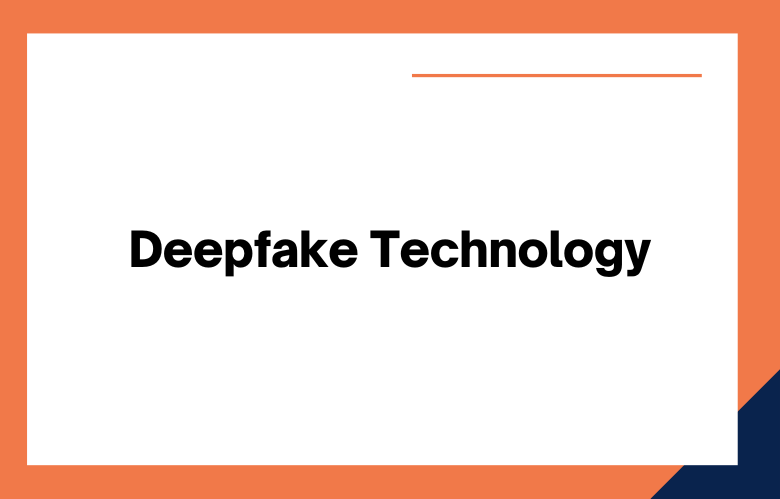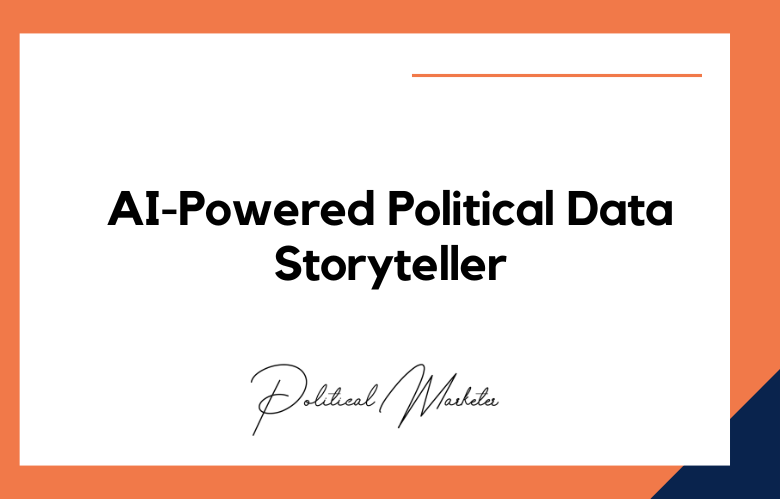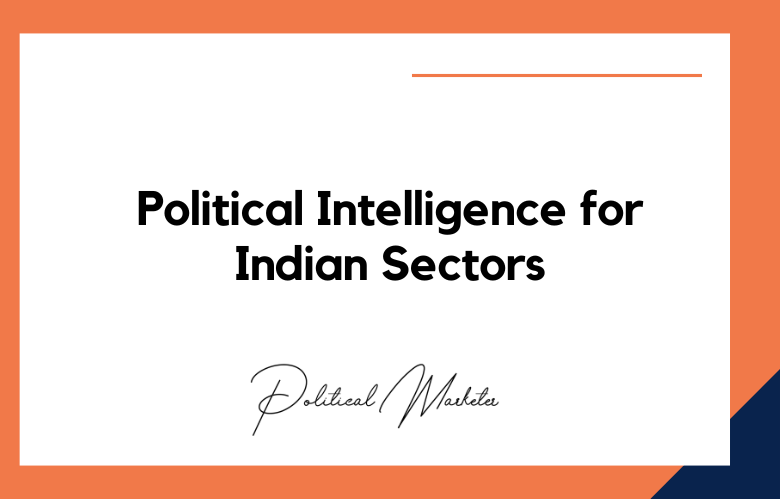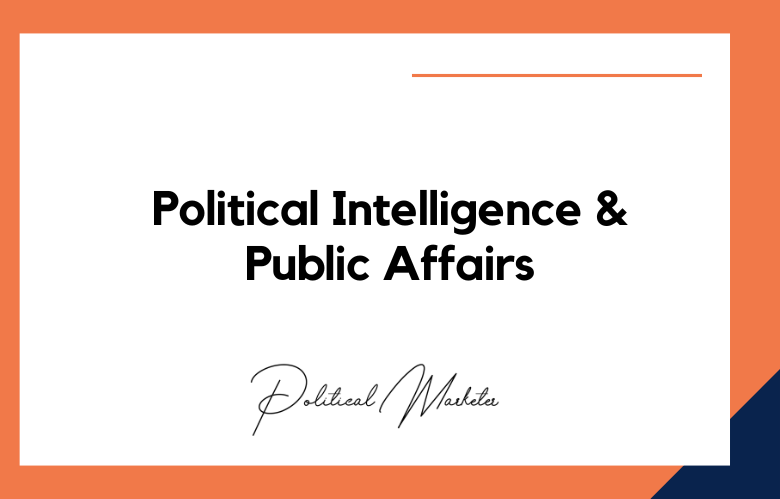Our world has become highly advanced, and so have the ways of presenting and manipulating information. With the advent of deepfake technology, it has become easy to create fake videos and images that can almost perfectly replicate a person’s appearance and voice.
While this technology can be used for entertainment purposes, like creating memes and parodies, it also poses a significant threat to our democracy. Deepfake videos and images have the potential to influence election campaign voters, and that is what we will discuss in this.
The first and most apparent way deepfake technology can influence election campaign voters is by creating fake videos and images of political candidates engaging in illegal or immoral activities. Such videos can severely damage candidates’ reputations and turn voters against them.
What is Deepfake Technology?
Technology constantly evolves, and we live in a world where deepfake technology is a reality. If you haven’t heard of it, deepfake technology is the creation of hyper-realistic, manipulated videos using artificial intelligence and machine learning.
These videos are so realistic that it is difficult to tell the difference between them and an actual video. With their power, a question arises—can deepfake technology influence election campaign voters? In this post, we will explore what deepfake technology is and how it can potentially impact elections.
First, let’s explore deepfake technology and how it works. Deepfake technology combines AI and machine learning to create pictures, audio, or videos that portray inaccurate events.
Since the invention of deepfake technology, the capability of creating fake videos has been taken to another level. The technology can use someone’s body and replace their face with someone else’s or enhance an actor’s voice with someone else’s.
It works by an encoder mapping out a voice and face from target videos. The decoder then uses the data to replicate someone’s voice and facial expression in the target video.
How Does Deepfake Technology Work?
Deepfake technology uses algorithms and machine learning to study and mimic a person’s face or voice. It requires a lot of data, like images or videos of that person, to create a convincing deepfake.
These algorithms use a technique called “generative adversarial networks” (GANs), which have two parts: a generator and a discriminator.
The generator creates the deepfake, while the discriminator tries to identify whether it is a natural or fake image or video. The more data the algorithm analyzes, the more accurate the deepfake becomes, making it harder to detect.
Can Deepfakes Influence Election Campaign Voters?
A problematic aspect of deepfake technology is its potential to influence election campaign voters.
Creating fake images or videos that manipulate a candidate’s personality, views, or statements can sway public opinion against them.
Imagine seeing a deepfake video of a candidate saying something insensitive or offensive to make them look bad.
This misinformation could quickly spread through social media and harm the candidate’s reputation or credibility. It could also affect the election results and the future of the country.
What are the Solutions to the Deepfake Problem?
Developing Deepfake Detection Algorithms
Deepfake detection algorithms analyze video frames and identify inconsistencies or manipulated areas. They use image analysis, metadata verification, and micro-expression analysis to detect and flag suspicious videos.
While these algorithms are not perfect, they have the potential to help people identify deepfakes they may have encountered. Some social media platforms, such as Facebook and Twitter, are working with AI experts to deploy such algorithms.
Raising Public Awareness
Another solution to deepfakes is public awareness. More individuals are becoming aware of the existence of deepfakes and their implications on individuals and society.
By educating people about deepfakes, they can be more vigilant and cautious about what they share online. Schools, governments, or NGOs can carry out public awareness campaigns to prevent misunderstanding and misuse of such technology.
Legal Measures
In many countries, the production and distribution of deepfakes without consent or with malicious intent have been declared illegal.
Governments should establish new rules and regulations to curb these activities and protect individuals from being subjected to fake and manipulated videos.
However, legal measures can only be effective when the identity of the video’s creator is known.
Developing Authenticity Technologies
While many people may think of deepfakes as a problem, significant opportunities exist to create forgery-resistant records.
With the available technology, authentic video records can be easily verified, helping to prevent the creation of deepfakes. This authentication technology can use blockchain technology, cryptographic signing, and watermarking.
Media and Tech Industry Collaboration
Collaboration between media and technology companies is expected to be crucial for detecting and reducing the spread of deepfakes.
Tech companies like Google, Facebook, and Microsoft have already committed resources to fight deepfakes and have partnered with media and research institutions to develop new solutions.
These companies can create new tools and strategies against deepfakes with additional resources and collaboration.
What are the best practices for Deepfake Technology and election campaigns?
The Spread of Disinformation
With the help of deepfake technology, politicians could quickly create videos or images that could be shared on various social media platforms, and many viewers may mistake them for actual events.
Deepfakes can help spread disinformation, influencing voters’ opinions and perceptions, especially if they have yet to fact-check the information they consume.
Deepfake technology can make it easy to produce posts that unscrupulous politicians can use to characterize their political opponents incorrectly.
Misleading Campaign Ads
Campaign ads are among the most critical tools for politicians during election campaigns. They help politicians sell themselves to voters and positively influence their opinions.
But imagine if a campaign ad is created using deepfake technology. A political campaign could be completely distorted, leading voters to believe something that may not be true, which could significantly harm a candidate’s prospects.
With misleading campaign ads, voters can easily be swayed to vote for candidates who don’t deserve to be elected.
Lack of Accountability
Deepfakes often come with proper attribution, making it easier to hold someone accountable. Such deepfakes are widespread in today’s social media-driven world, where anyone can surface as a credible source and post accurate content.
A politician could generate a deepfake that makes another candidate appear in an unfavorable light, and the public will have no way of knowing who created the video or the original intention behind it.
This lack of accountability can be harmful since it could spread false news, leading to disastrous consequences.
Impacting Voter Turnout
One of the most significant concerns with deepfake technology is that it could impact voter turnout.
These artificial intelligence-powered videos and images can distort the truth and result in chaos, scaring voters out of voting altogether.
Or, worse yet, they may lead voters to vote against their valid preferences and interests, leading to a less informed democracy.
Conclusion:
deepfake technology poses significant risks to our democracy, especially during election campaigns.
The creation of fake videos and images, manipulation of candidates’ words, and fabrication of false election information can mislead voters and jeopardize the integrity of the election process.
Governments need to establish legal measures to regulate and control deepfake technology to prevent a
Voters must be aware of deepfake technology and scrutinize the information they consume. Only by being informed and discerning can we safeguard our democracy.
Call: +91 9848321284
Email: [email protected]











